A Breakthrough in Real-Time, Generalizable 3D Avatars for Virtual Interactions
In a groundbreaking development, researchers have unveiled the Generalizable and Animatable Gaussian Head Avatar (GAGAvatar), a new approach to one-shot animatable head avatar reconstruction.
- Efficient Reconstruction: GAGAvatar utilizes a dual-lifting method to generate high-fidelity 3D Gaussian parameters from a single image, significantly improving reconstruction quality while reducing rendering time.
- Real-Time Performance: Unlike previous methods that rely on neural radiance fields, GAGAvatar can perform reenactment rendering at real-time speeds, making it ideal for applications in virtual reality and online meetings.
- Enhanced Control Over Expressions: By leveraging global image features and a 3D morphable model, GAGAvatar allows for precise control over facial expressions, enabling more lifelike avatar interactions.
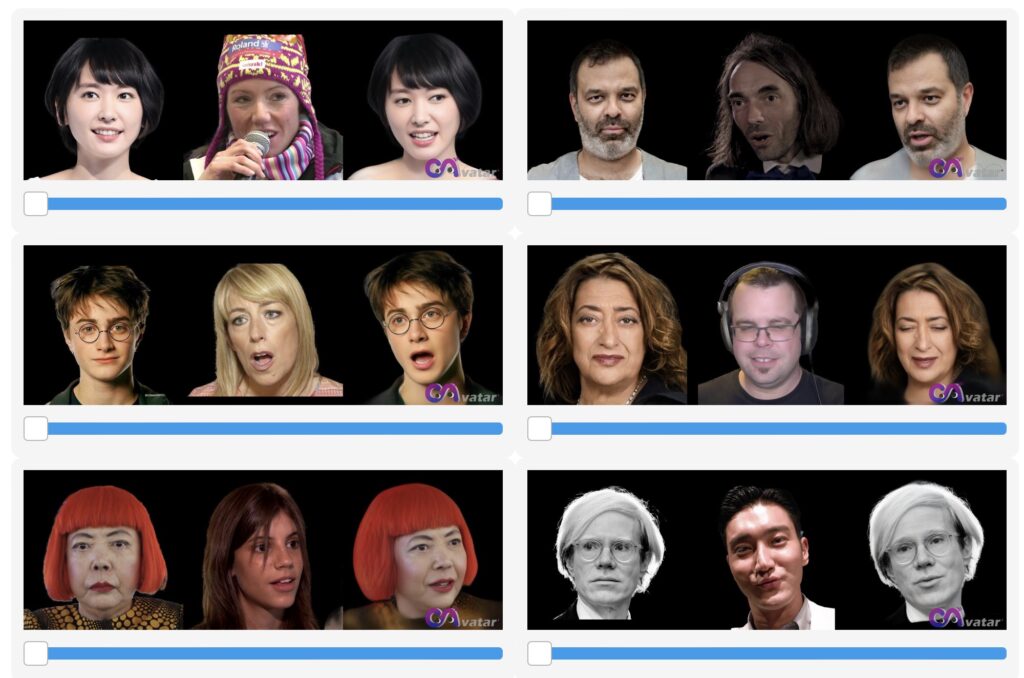
The demand for realistic digital avatars has surged in recent years, driven by the rise of virtual reality, online gaming, and remote communication platforms. Existing methods for head avatar reconstruction often struggle with high rendering costs and slow reenactment speeds, limiting their practicality in real-time applications. In response, the researchers behind GAGAvatar have introduced a novel framework that promises to overcome these challenges by streamlining the process of generating realistic, animatable head avatars from a single image.

At the core of GAGAvatar’s innovation is its dual-lifting method, which estimates the parameters of 3D Gaussians in a single forward pass. This allows the system to capture intricate details of a person’s identity and facial features efficiently. Traditional approaches often require extensive computational resources and lengthy rendering times, making them less suitable for real-time applications. GAGAvatar, on the other hand, can produce high-quality avatars quickly, opening up new possibilities for immersive virtual interactions.
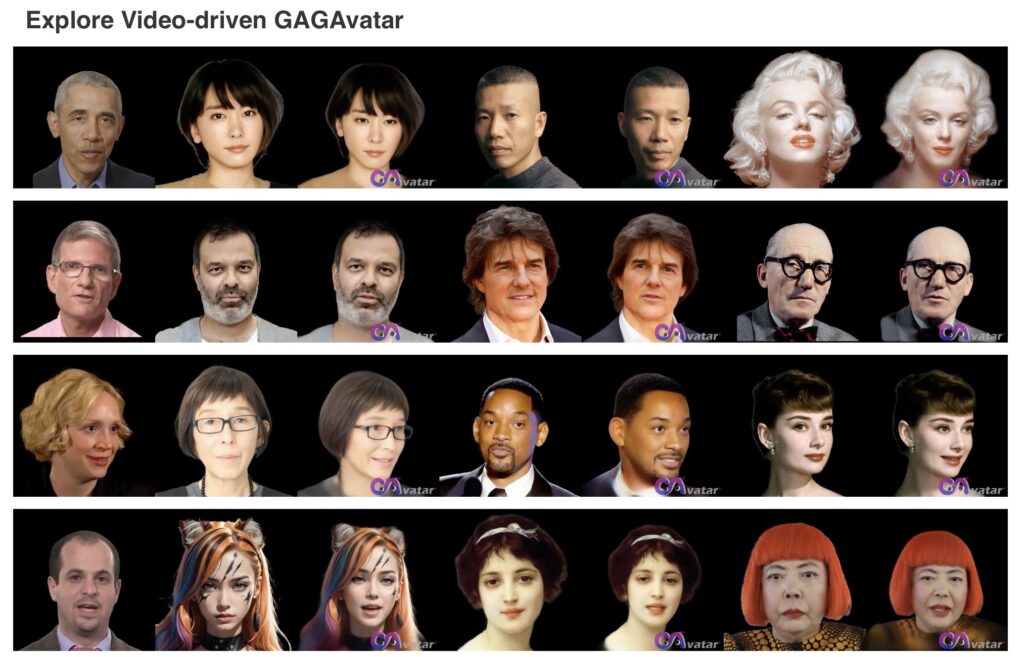
Another notable feature of GAGAvatar is its ability to provide fine-grained control over facial expressions. By integrating global image features with a 3D morphable model (3DMM), the system can accurately manipulate expressions based on user input. This level of control is crucial for creating lifelike avatars that can engage in dynamic conversations or perform specific actions, making GAGAvatar particularly appealing for use in video conferencing and gaming environments.
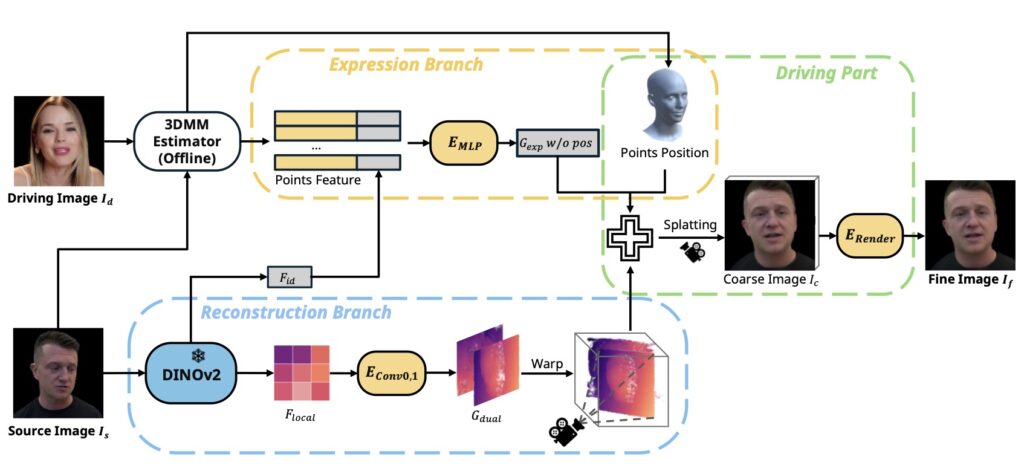
While GAGAvatar represents a significant advancement in head avatar technology, the research team acknowledges certain limitations. For instance, unseen areas of the face may lack detail, resulting in less realistic outputs when generating views not represented in the input image. Additionally, the current expression control mechanism, based on 3DMM, may struggle with extreme facial movements or features not adequately modeled, such as hair and tongue positions. Addressing these limitations will be a focus of future research, with potential improvements including the integration of more expressive data for better expression imitation.
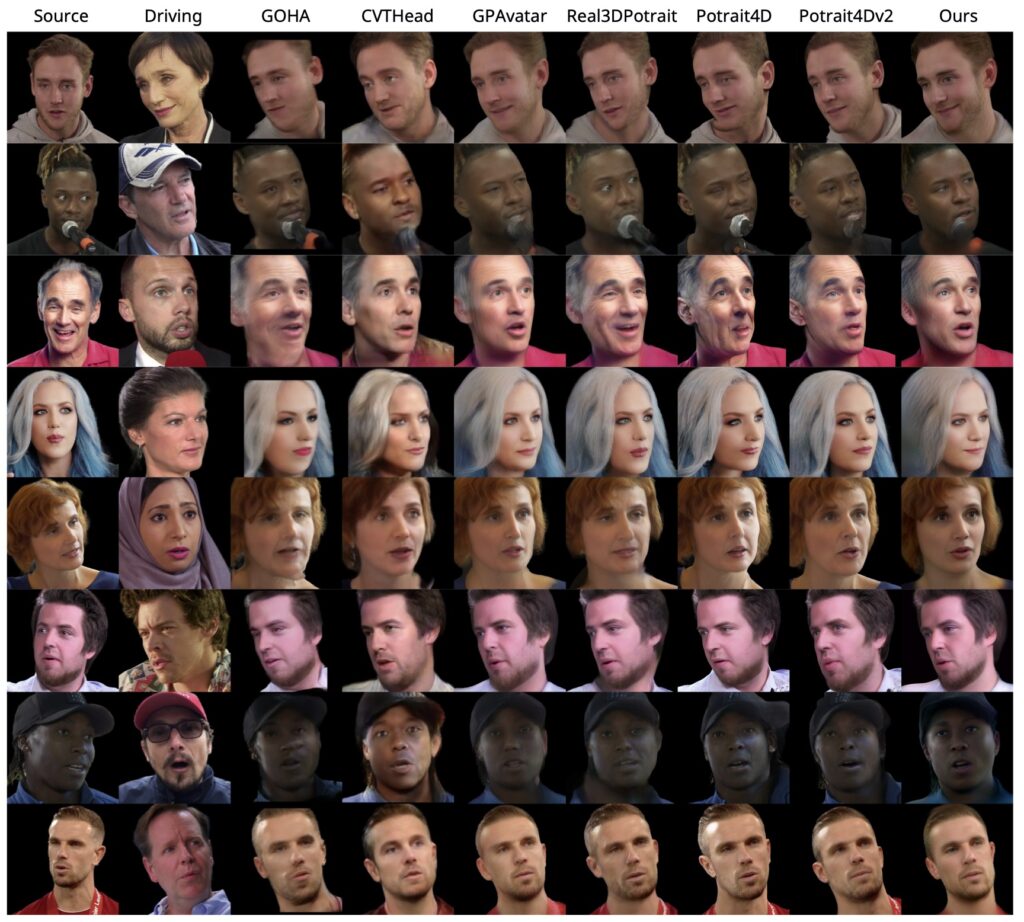
Despite its challenges, GAGAvatar holds immense potential across various applications. Its strong generalization capabilities and ability to render avatars in real time make it suitable for a wide range of industries, from entertainment to telemedicine. However, the research team also recognizes the risks associated with misuse, such as creating fake videos or misinformation. To combat these concerns, they have outlined several measures aimed at ensuring responsible use of the technology.
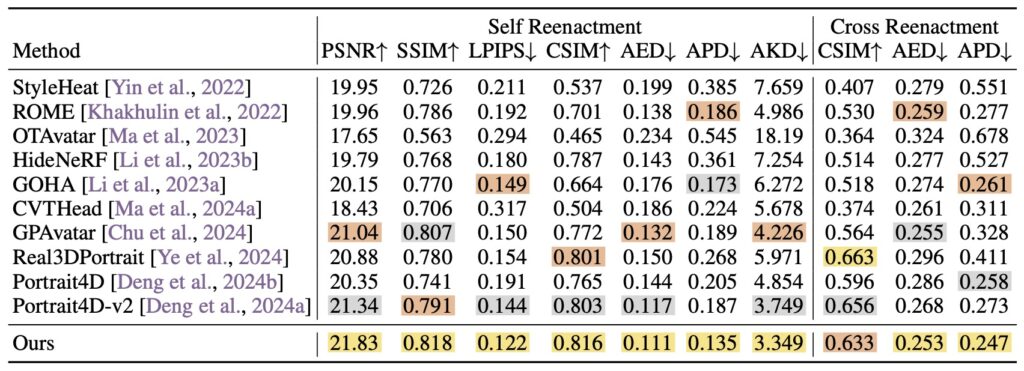
The broader impact of GAGAvatar could be transformative. By providing users with the ability to create realistic, animated avatars from simple inputs, the technology could enhance communication, foster greater engagement in virtual environments, and even facilitate more personalized interactions in digital spaces. As the demand for realistic avatars continues to grow, innovations like GAGAvatar could play a pivotal role in shaping the future of virtual interactions.
The introduction of the Generalizable and Animatable Gaussian Head Avatar marks a significant leap forward in the field of avatar technology. With its efficient reconstruction process, real-time performance, and enhanced expression control, GAGAvatar is poised to revolutionize how we interact in virtual environments. As researchers continue to refine this technology, we can anticipate exciting developments that will further bridge the gap between physical and digital interactions. The future of digital avatars is here, and GAGAvatar is leading the way.
